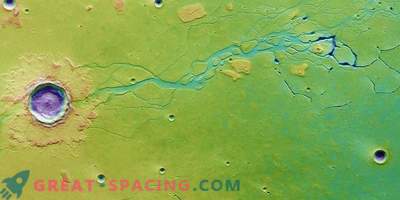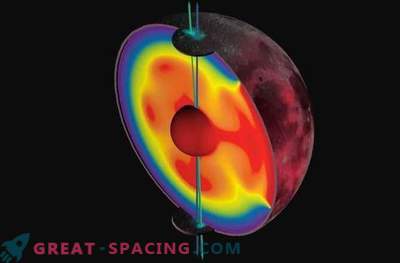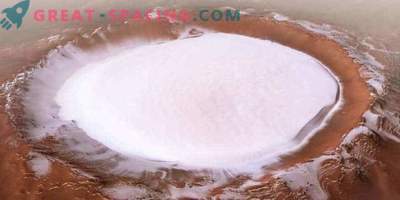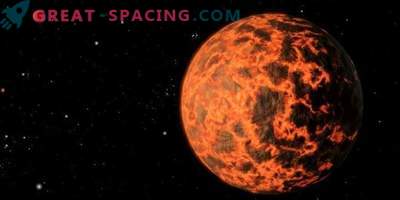
New analysis shows hydrogen or water ice on the equatorial line.
The researchers decided to revise the old data from the Martian orbiter and noticed evidence of significant hydration near the equator of the Red Planet. And this is strange, as it was previously believed that ice simply cannot exist at this point.
For the review, we used information for 2002–2009, obtained by a neutron spectrometer on the Odyssey apparatus. A detailed examination turned out that the equator is located a huge amount of hydrogen (at high latitudes, hints at ice).
Available ice deposits are important if we plan to colonize the planet. With a sufficient amount of natural resources, humanity will not have to transport everything from Earth, and it is possible to create autonomous development. It will also serve as an excellent raw material for hydrogen rocket fuel.
The neutron spectrometer is not able to directly indicate water, but it measures neutrons and determines the abundance of hydrogen. In 2002, Odyssey recorded aquifers in the upper latitudes. In 2008, Phoenix confirmed these figures. It turned out that hydrogen is represented by water ice. But to find something similar at low latitudes is very rare, because there ice is devoid of stability. The team concentrated on the equatorial line, namely on the 1000-kilometer stretch. Radar analysis hinted at low-density volcanic deposits or subsurface water ice.
How did the ice survive? Perhaps a mixture of ice and dust moved from the polar territories through the atmosphere when the axial planetary slope was greater. But this was observed thousands of millions of years ago. Water ice could not remain unchanged for so long. Then additional protection could be provided with a hardened dust layer.
But this is only an assumption and mysterious deposits remain unexplained. We only need to wait for more detailed research.











































